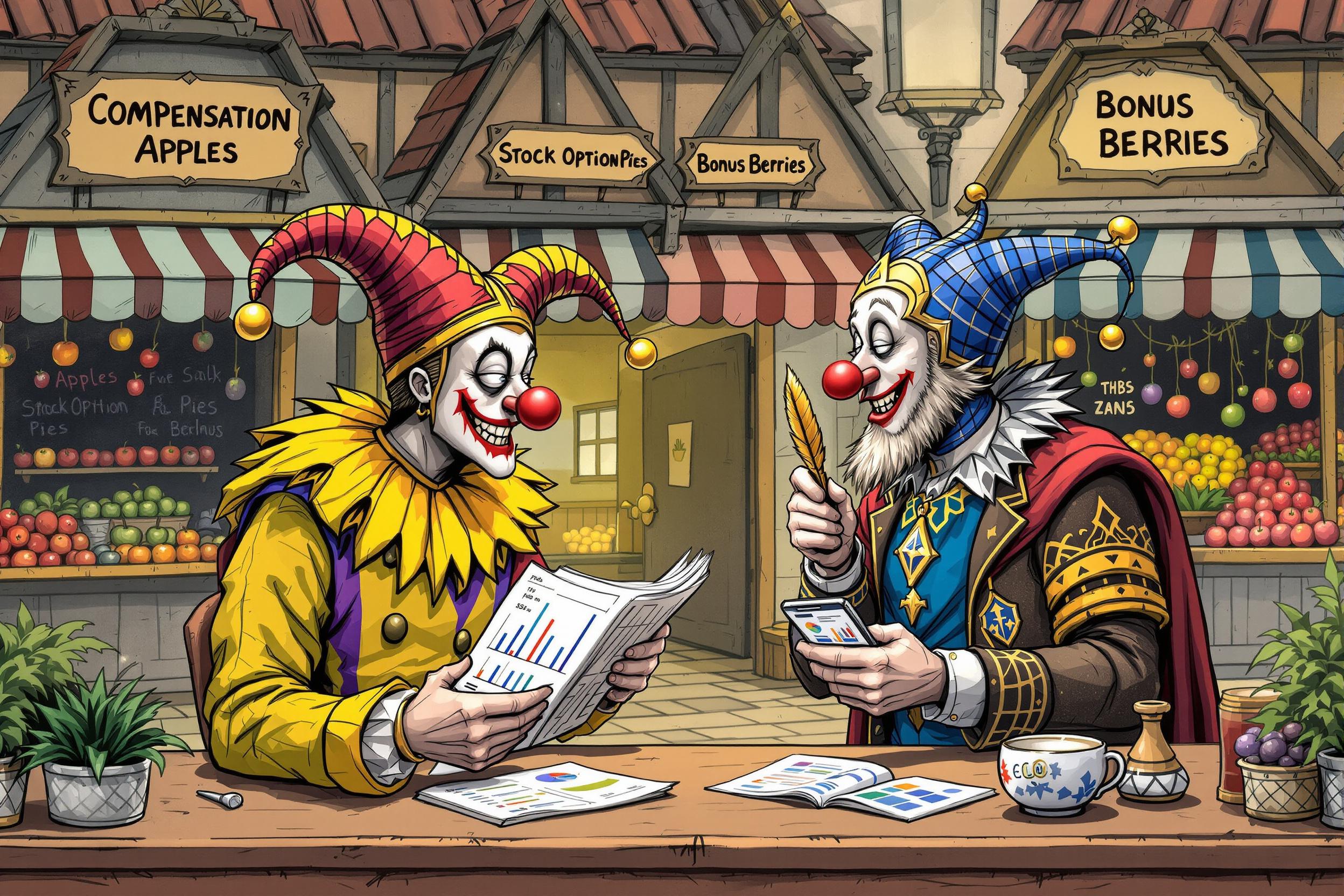
Black-Scholes Model
The Black-Scholes Model is a widely used mathematical tool in finance that helps determine the fair price of financial contracts called options. Think of it like a specialized calculator that financial professionals use to figure out how much to charge for these investment products. It's similar to how a real estate agent uses various factors to price a house, but instead of looking at location and square footage, this model considers things like current stock prices and market conditions. When you see this on a resume, it usually means the person understands how to price and manage financial products, particularly in trading or risk management roles.
Examples in Resumes
Developed trading strategies using Black-Scholes Model to optimize options pricing
Applied Black-Scholes principles to evaluate market risks in derivatives trading
Created Excel tools implementing Black-Scholes Model for option valuation
Trained junior analysts on practical applications of Black-Scholes calculations
Typical job title: "Quantitative Analysts"
Also try searching for:
Where to Find Quantitative Analysts
Professional Organizations
Online Communities
Job Resources
Example Interview Questions
Senior Level Questions
Q: How would you explain the limitations of the Black-Scholes Model to a client?
Expected Answer: A senior professional should be able to explain in simple terms that the model assumes ideal market conditions that don't always exist in real life, and describe how they adjust for these limitations in practice.
Q: How do you incorporate Black-Scholes principles into risk management strategy?
Expected Answer: They should demonstrate how they use the model as part of a broader risk assessment approach, including practical examples of when they've modified strategies based on model insights.
Mid Level Questions
Q: What factors affect option prices according to Black-Scholes?
Expected Answer: Should be able to explain the main factors (stock price, time, interest rates, volatility) in simple terms and how they influence pricing decisions.
Q: How do you validate Black-Scholes calculations in practice?
Expected Answer: Should describe methods for checking if prices make sense, comparing to market prices, and identifying when adjustments might be needed.
Junior Level Questions
Q: What is the basic purpose of the Black-Scholes Model?
Expected Answer: Should be able to explain that it's a tool for determining fair prices for options and other financial products in straightforward terms.
Q: What tools do you use to implement Black-Scholes calculations?
Expected Answer: Should mention common software like Excel, Python, or financial calculators used for basic option pricing calculations.
Experience Level Indicators
Junior (0-2 years)
- Basic understanding of options and pricing concepts
- Ability to use pricing calculators and spreadsheets
- Knowledge of fundamental market principles
- Basic financial mathematics
Mid (2-5 years)
- Practical application of pricing models
- Risk assessment and management
- Market analysis and trading strategies
- Advanced Excel and financial software usage
Senior (5+ years)
- Complex trading strategy development
- Team leadership and mentoring
- Advanced risk management
- Model modification and improvement
Red Flags to Watch For
- Unable to explain basic option concepts
- No practical experience with financial software or tools
- Lack of understanding of market risks
- No knowledge of real-world trading conditions
- Cannot explain model limitations
Related Terms
Need more hiring wisdom? Check these out...

Automated Scorecards in ATS Systems: Your Secret Weapon for Smarter Hiring Decisions

The Hidden Art of Salary Negotiation: How to Win Hearts Without Going Broke

Cracking the Code: Real Strategies to Diversify Tech Hiring

